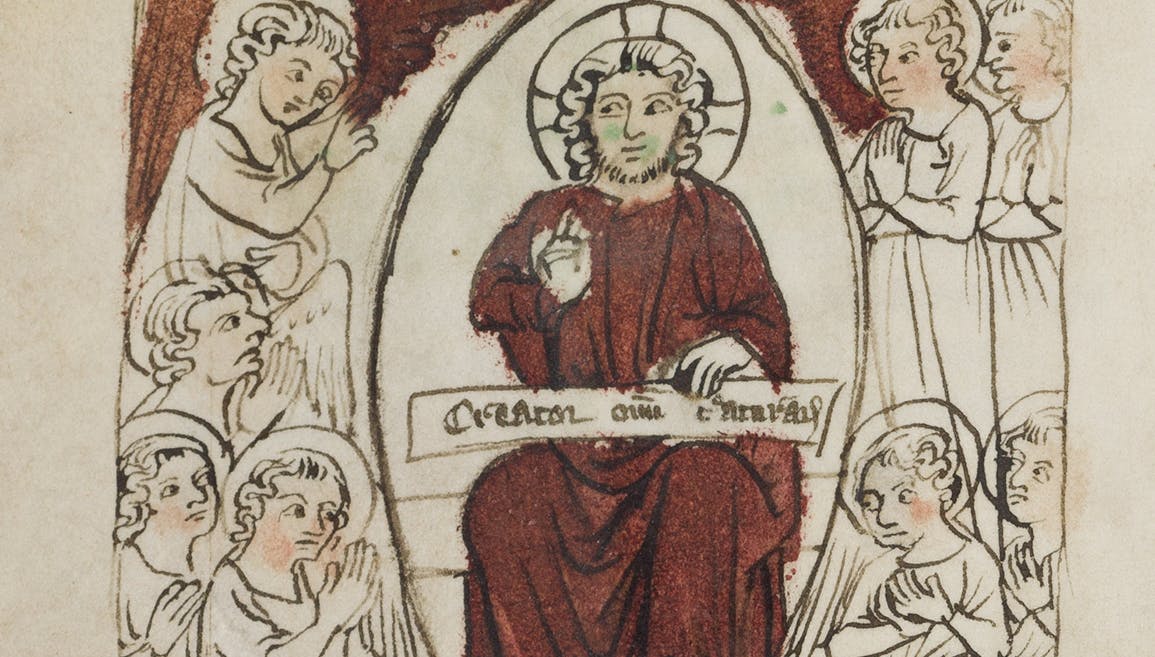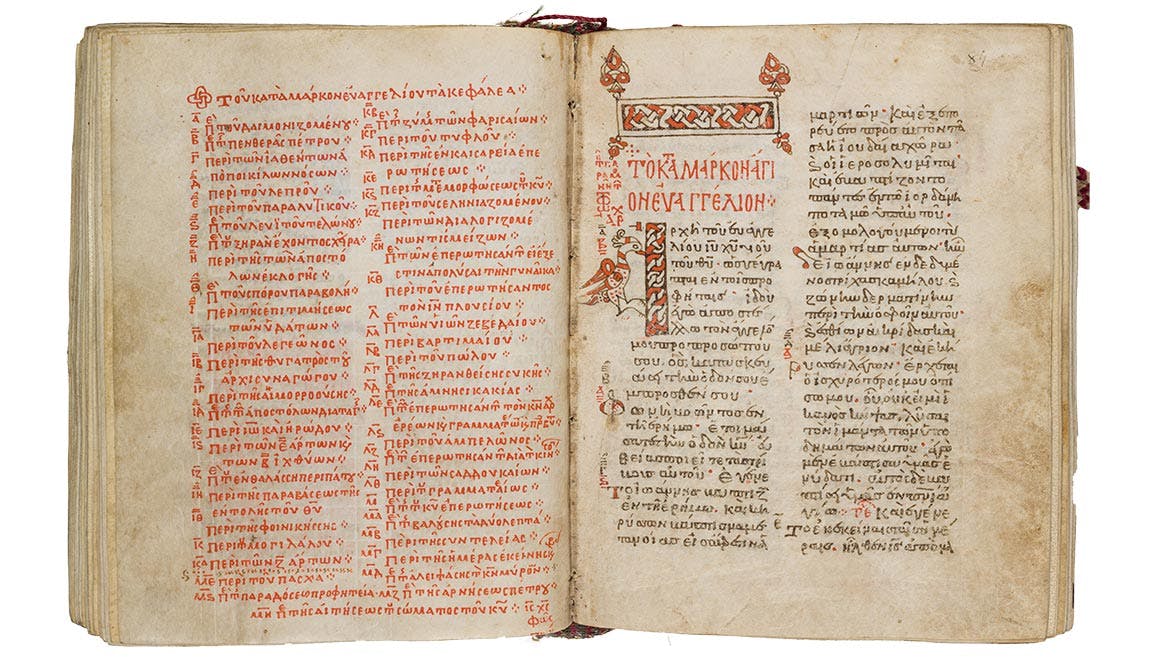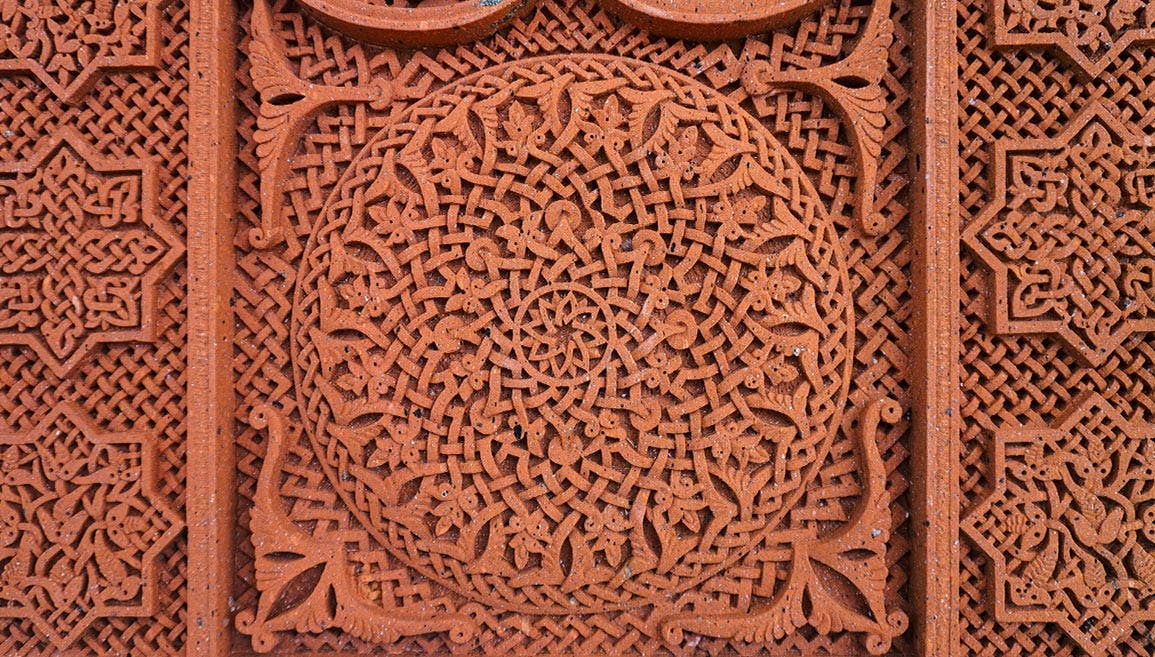The Bibles of Elisabeth Elliot

A Bible is often a treasured belonging, but the way people treasure their Bibles is different. Some people choose to preserve the pages of their Bible without blemish, free of underlines and notations, believing it should not be marred by pens and highlighters. Others leave comments in the margins, quotes on the endpapers, and mark passages with whatever writing implement is nearby. Either way, how one interacts with their Bible paints an intimate portrait of that person.
Elisabeth Elliot (1926–2015) was the type who wrote in her Bibles. She had one for each stage of her life: student, missionary, wife, mother, author, and speaker. By exploring five of her Bibles—through her notes, musings, and recorded memories—we can get a glimpse into who she was in her quiet moments.
1. A Bible for a Daughter (1940–1956)
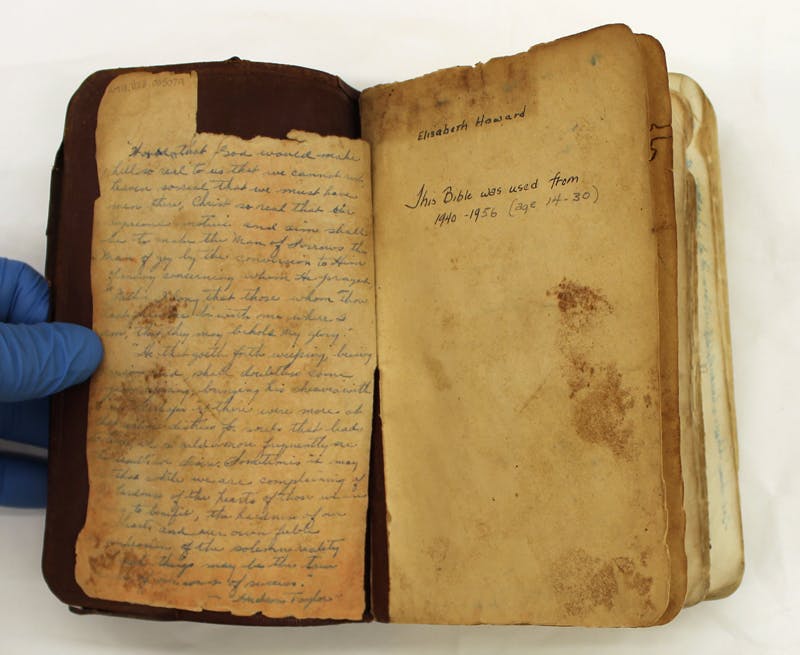
Figure 1: Bible used by Elisabeth (Howard) Elliot from the ages of 14 to 30. Image © Museum of the Bible, 2023. All rights reserved.
In 1940, when Elisabeth (Betty) Howard was 14 years old, her parents gave her a Bible. On a blank page in the back she wrote, “On October 28, 1938, I gave my heart to the Lord Jesus as my personal Saviour. It was at Mr. Irvin A. Moon’s ‘Sermons from Science’ in the Tioga Presbyterian Church, Phila, PA.” This moment, recorded by Elisabeth, marked a decision that directed the rest of her life.

Figure 2: Handwritten notes by Elisabeth in the back of her Bible. Image © Museum of the Bible, 2023. All rights reserved.
In 1941, she left home to attend Hampden DuBose Academy, a Christian boarding school in Florida. A small banner can be seen stuck to the front endpaper of Elisabeth’s Bible, marking this time in her life.

Figure 3: On the Bible is a banner of Elisabeth’s boarding school. Image © Museum of the Bible, 2023. All rights reserved.
This Bible is filled with notes and quotes, many one would expect from a young Christian going about her days at school. For example, this one from Dr. DuBose: “How about your life when Jesus looks at it in study hall?” Or: “God said it. Jesus did it. I believe it. That settles it.” Her years at DuBose Academy, and later Wheaton College, helped define Elisabeth’s worldview. Her extensive study of the Bible, as evidenced through her notes, shaped her into a tough, yet compassionate, woman who sought to do the work she believed God had called her to do.
This Bible was with her when she left the United States for Ecuador to be a missionary. It was with her when she met and married her college friend, Jim Elliot. It was with her when she became a mother to Valerie. Also included in the Bible is a long quote from Hudson Taylor, a missionary in China, which spoke to her desire to pursue a life of service to God. Handwritten in the Bible is another quote by Oswald Chambers speaking to the difficulty that comes with that pursuit: “When the Lord gives you something to do, transact business along that line no matter what it costs.”

Figure 4: Handwritten notes by Elisabeth in the back of her Bible. Image © Museum of the Bible, 2023. All rights reserved.
In January 1956, Elisabeth was faced with a great cost. Her husband Jim was killed by members of the Waodäni tribe, a remote group of people in the Amazon jungle with whom they were attempting to make friendly contact. Later that same year, after a time of grieving, Elisabeth set this Bible down and picked up a different one to begin a new phase of her life.
2. A Bible for a Missionary (1952–1963)
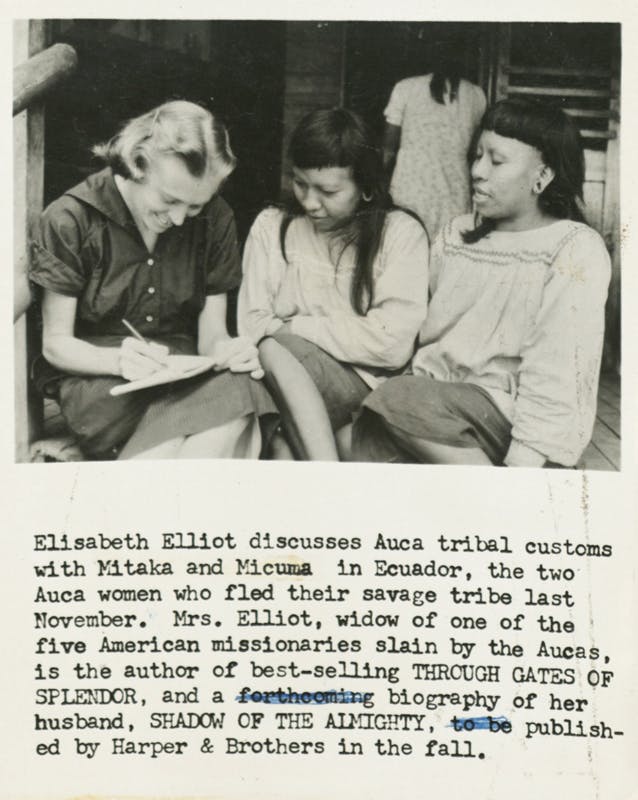
Figure 5: Elisabeth taking notes while talking with two Waodäni women.
In 1952, Elisabeth moved to Quito, Ecuador, as a missionary. Jim had already moved there with Pete Fleming, a fellow missionary, to begin the task of sharing the gospel with the Quechua people. She and Jim were married the next year and Pete married a girl named Olive. The two couples joined Ed and Marilou McCulley, Roger and Barbara Youderian, and Nate and Marjorie Saint, and together they continued the work in Ecuador.

Figure 6: Photograph of Jim and Elisabeth Elliot.
While there, Elisabeth used a Spanish Bible to help her learn the language more quickly and speak the proper phrases from the Bible when talking to the local Quechua people. She continued to use this Bible throughout her time in Ecuador, finally putting it down when she returned to the United States in 1963.
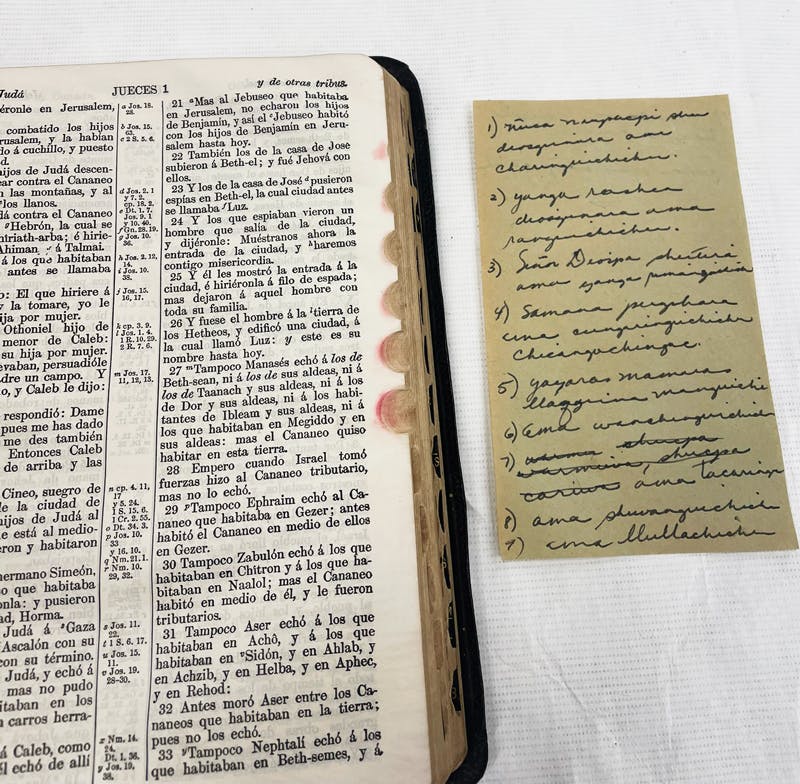
Figure 7: Elisabeth’s Spanish Bible. Image © Museum of the Bible, 2023. All rights reserved.
3. A Bible for a New Start (1956–1969)
After Jim’s death in January 1956, Elisabeth decided to stay and continue to work with the Quechua people. For Christmas that year, Elisabeth’s parents, Philip and Katharine Howard, gave her a new Bible. It was a fresh start after a year of tragedy and loss.
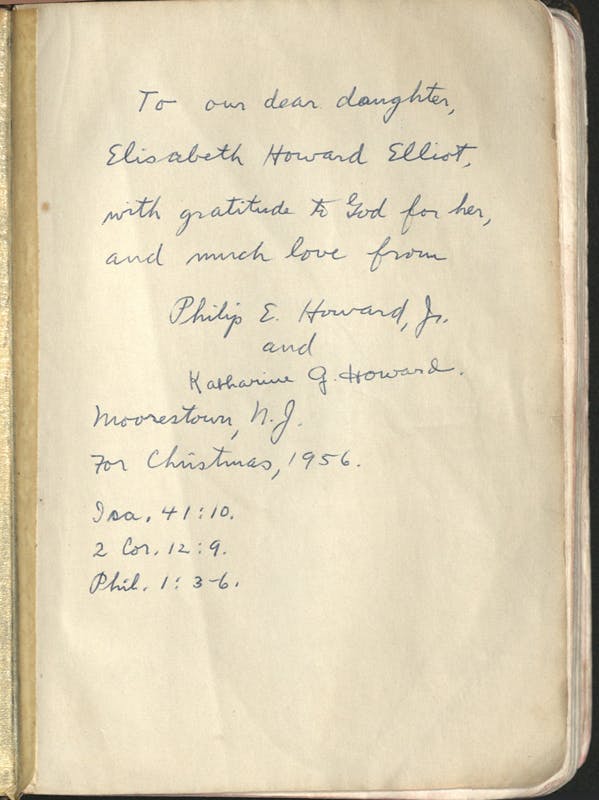
Figure 8: Handwritten note from Elisabeth’s parents. Image © Museum of the Bible, 2023. All rights reserved.
In this Bible, we see a different Elisabeth emerge. Her notes, now written in print and not cursive, are much more expository, exploring the text in detail and writing lists of verses to remember.

Figure 9: Handwritten notes by Elisabeth in the back of her Bible. Image © Museum of the Bible, 2023. All rights reserved.
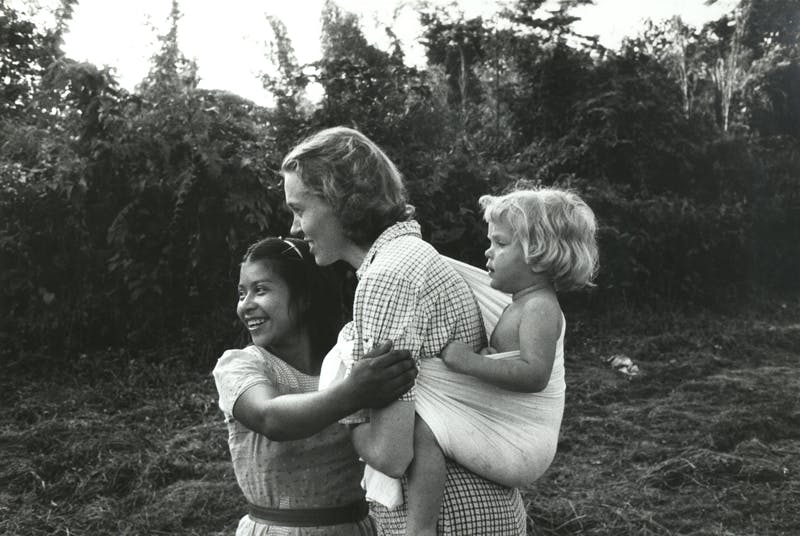
Figure 10: Elisabeth in Ecuador with Dayumæ and Valerie (on her back).
Her study of the book of Job reflects her grief at what had happened to her. She has underlined the passage: “I cry to thee, and thou dost not answer me; I stand, and thou dost not heed me. Thou hast turned cruel to me.” She wrote in the margins of Job 31, “What have I done to deserve this?” She marked verses in chapter 29, when Job is reminiscing on past days and says, “Oh, that I were as in the months of old, as in the days when God watched over me; when his lamp shone upon my head, and by his light I walked through darkness; as I was in my autumn days, when the friendship of God was upon my tent; when the Almighty was yet with me.” She explored the grief of Job and what those around him said in counsel. She focused on what God says to Job at the end of the book and chose to reflect on who he said he is, and that he has it all in control.
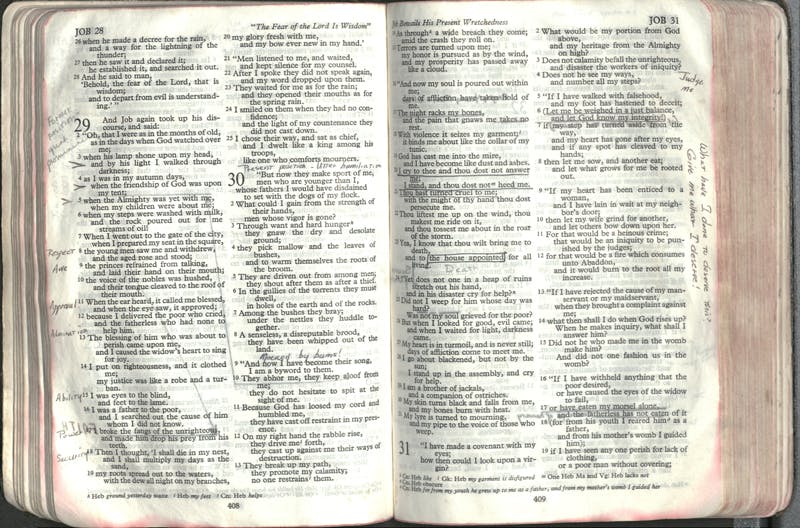
Figure 11: Elisabeth’s Bible opened to the book of Job, chapters 29, 30, and 31. See handwritten notes in the margins. Image © Museum of the Bible, 2023. All rights reserved.
In 1957, Elisabeth was asked to write down an account of what happened to the five missionaries who were killed by the Waodäni. Her story, titled Through Gates of Splendor, would become her first and most popular book. Shortly thereafter, Elisabeth and Valerie were invited to live with the Waodäni people in their village, where they stayed until 1963.
4. A Bible for an Author (1969–1988)

Figure 12: Bible given to Elisabeth by fellow missionary and friend Eleanor Vandervort. Image © Museum of the Bible, 2023. All rights reserved.
In January 1969, Elisabeth married Addison Leitch, a professor at Gordon-Conwell Theological Seminary. This Bible was gifted to her on her birthday, December 21, 1969, by her friend and fellow missionary, Eleanor Vandervort (who went by Van). An inscription in the Bible reads: “Elisabeth Leitch — who is Bet, my friend. Van.”

Figure 13: Note in the Bible from Eleanor Vandervort to Elisabeth. Image © Museum of the Bible, 2023. All rights reserved.
In this Bible, we see Elisabeth making connections with biblical verses, grouping them together under headings like “Paradoxes,” “Physical Beauty,” “On Knowing God,” “Gifts,” “I Am,” “Names,” and “Emotions.” This type of thematic study reflected her new career as an author and speaker. She dives deep into the text of the Bible to draw out applications and wisdom for herself and for those who read her books or hear her speak.
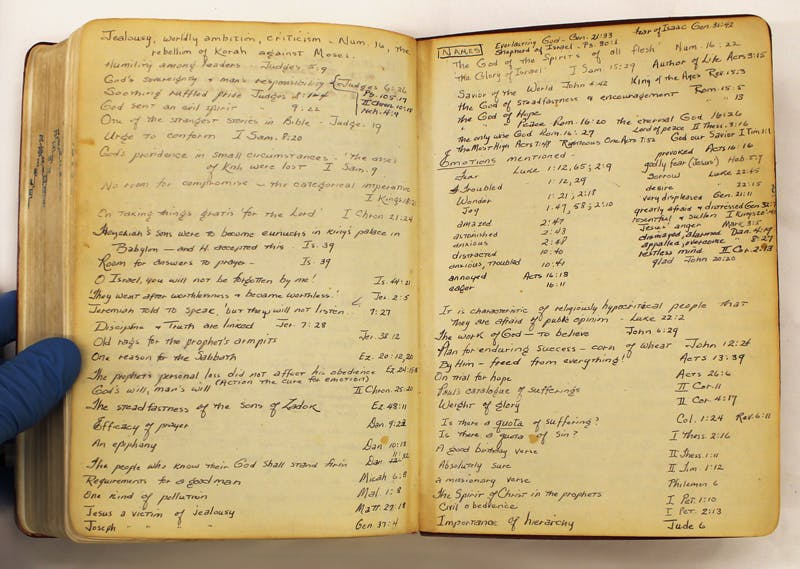
Figure 14: Handwritten notes by Elisabeth in the back of her Bible. Image © Museum of the Bible, 2023. All rights reserved.
One of her notes reflects on the theme of miracles and the presence of suffering in the world:
“Miracles —
The wine ran out
A child nearly died
A man lay helpless for 38 years
5,000 people were in need of food
A great storm came up
A baby was born blind
Lazarus died and left 2 sisters desolate
All who loved Him experienced grief at His death
…Then Jesus came.
The question as to why God did not prevent any of the above difficulties is not answered. We only know that there is sin and sorrow and suffering and desolation and there is One who stands in our midst and says ‘It is I. Be not afraid.’ It takes desolation to teach us His sufficiency.”

Figure 15: Handwritten notes by Elisabeth in the back of her Bible. Image © Museum of the Bible, 2023. All rights reserved.
Elisabeth often spoke about suffering and overcoming grief. She not only lost her first husband, Jim, but also her second when Addison died of cancer in 1973.
5. A Bible for a Final Chapter (1988–2015)

Figure 16: Elisabeth in her home office in Massachusetts.
In 1977, Elisabeth married one more time, to Lars Gren. Her last Bible included a stamped inscription on the front cover with her married name, Elisabeth Gren. This Bible has a similar pattern of note-taking seen in her previous one: she lists verses with a short explanation or meaningful thought, groups scriptures by theme, and quotes from authors and speakers that inspired her.

Figure 17: Front cover of Elisabeth's Bible with her new married name, Elisabeth Gren. Image © Museum of the Bible, 2023. All rights reserved.
On the table of contents page, we see a note about her time as an editor for the New International Version of the Bible: “Books I was asked to check for style when NIV was in process 1971.” She has boxed 16 books, including 1–2 Samuel, 1–2 Kings, Zechariah, Acts, 1–2 Corinthians, Galatians, Ephesians, Philippians, Colossians, 1–2 Timothy, Philemon, and 2 Peter.
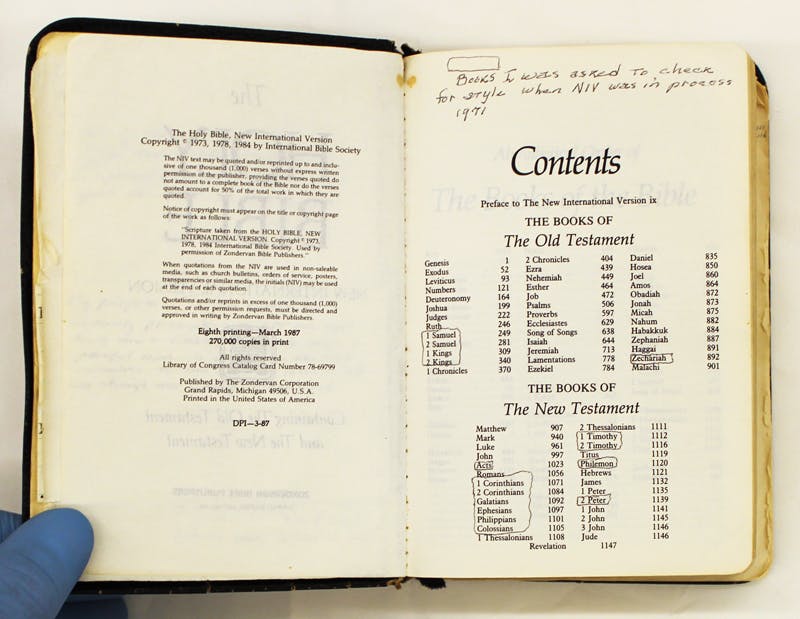
Figure 18: Table of Contents page marking which books of the Bible Elisabeth edited for style for the new NIV Bible. Image © Museum of the Bible, 2023. All rights reserved.
On the blank pages adjacent to the title pages, she writes two important phrases that seem to sum up her thoughts. The first reads, “One of the martyrs: ‘You take a life from me that I cannot keep, and bestow a life upon me that I cannot lose.’” This quote is very similar to one attributed to her first husband, Jim Elliot. He said, “He is no fool who gives up what he cannot keep, to gain what he cannot lose.” The second phrase written on the page reads, “My purpose: To link earthly life [with] heavenly principles; to lift our eyes from the [very] visible, [very] tangible, often [very] painful [circumstances] in which we find ourselves to the invisible level on [which] all things are finally interpreted.”

Figure 19: Handwritten notes by Elisabeth in the front of her Bible. Image © Museum of the Bible, 2023. All rights reserved.
Elisabeth Elliot died in 2015 at the age of 88. For more than 40 years, she was an active and vocal advocate for the gospel, for missions, for families, and for women. Her Bibles, once cherished by her and her loved ones, are now in the care of Museum of the Bible. We invite you to explore more about Elisabeth Elliot and her story through our collection’s website and our exhibit Through Gates of Splendor: The Elisabeth Elliot Story, open now through January 28, 2024.
For more on the life and legacy of Elisabeth Elliot visit elisabethelliot.org.
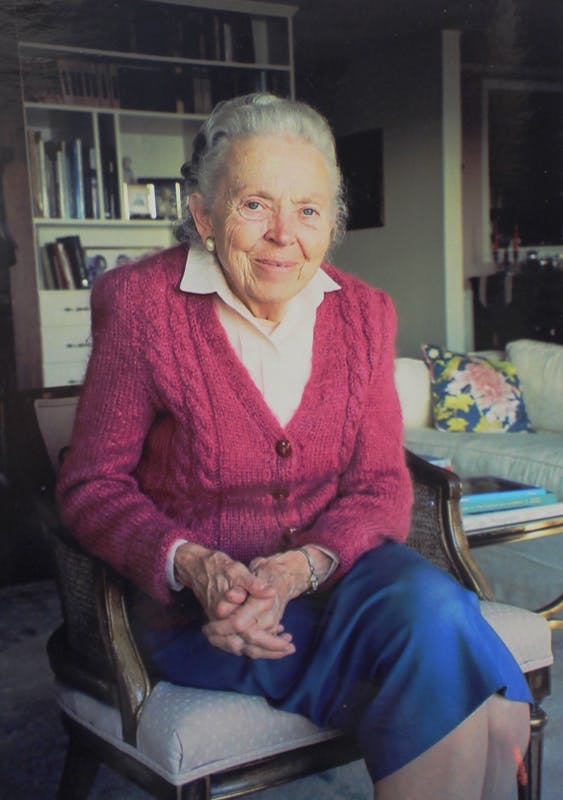
Figure 20: Elisabeth Elliot in her home in Massachusetts.
By Amy Van Dyke, Lead Curator of Art and Exhibitions
